|
Keeping chickens and other poultry in winter isn’t difficult but it does require some preparation as repairing or setting up fences in 3ft deep snow or scrambling with extension cords and heat lamps to prevent frost bite in sub zero conditions isn’t easy. Each of the next 6 weeks, I’ll focus on one aspect of caring for chickens and ducks in winter The main things to prepare for are:
Easy Human access for Regular Cleaning, Maintenance, & CareThe hens may live there but they aren’t gonna clean it or repair it, you are. Make it easy for YOU! Who cares about the chickens, they get along just fine, but if you hate going in to clean water bowls, to refill food bins, to clean nest boxes or roosts then you will put it off, potentially causing injury or illness for your little feathered friends. So many books & websites for small flocks give the deets on what the chickens or ducks need with a just a small name drop about what you, the farmer, the rancher needs. Especially in winter. Everything takes longer in winter. Requires more clothing. Gloves. Hats. Headlamp. Jacket. Boots. Everything is harder in clunky gloves and if it’s cold enough you don’t wanna take those off to open the metal gate latch that is frozen shut or to wipe down the water bowl. Don’t do it. I’ve done it. It’s not fun. So these are my key tips and hints for making it easy and breezy to clean and care for the structures that care for your hens even when if is -15F and you are hindered by clumsy gloves, headlamps, and winter gear. 1) Build in Enough Access 'Doors' This might seem an obvious tenant to keep in mind while building to ensure easy access, but I've found that I always think that one, small one will be good enough. And it may be for while but soon as chores and snow pile up and temperatures drop it won't be. You'll get frustrated and hinges might break or come loose and you might need to quickly close off one, so having another is vital! Each access door should follow these guidelines:
Use Simple (but effective) Latches:
Place nest boxes near doors - the human-sized doors that is. It makes it easier for you to grab 'em often as the temps drop so less eggies get frozies! Place heat lamps in a useful but accessible location - bulbs will break. It's a fact of life. Especially if the temps drop fast and a little frost forms on the bulbs before you turn them on, then they go POP! Changing the bulbs in steeply cold temps with big bulky gloves with restless hens underfoot is so easy you'll never curse while getting the job done. Also, even though hens don't like deep cold, you'll be surprised at what they can find comfortable. Feathers are an supreme insulator (think of all those fancy down coats used on Everest) so give the hens some space to move away from the heat. At some point they'll wanna cool off. Minimize or Eliminate dark corners, nooks, and crannies - The hens will lay there eggs there, you will need to crawl in to get them (unless you are a jedi knight who can summon them to you), these are the droids - I mean eggs - you are looking for. A dirt floor is great, but ... -
Place food and water near where it is easiest for you! - of course the hens need easy access to both, but so do you. They don't get any fresh water or more food unless you give it to them, especially in winter! Make it easy on you first! They are little and can hop up and down, can kinda fly, and have long necks (longer than they look at first) so making them work for it isn't so bad, especially when they would just be sitting on their rumps all winter waiting for fresh grass and grubs!
0 Comments
Leave a Reply. |
AuthorI'm Farmer Megan with a life full of cackles, clucks, quacks, weeds, crazy kitten, and one tiny, senior, blind dog. Archives
May 2024
Categories
All
|
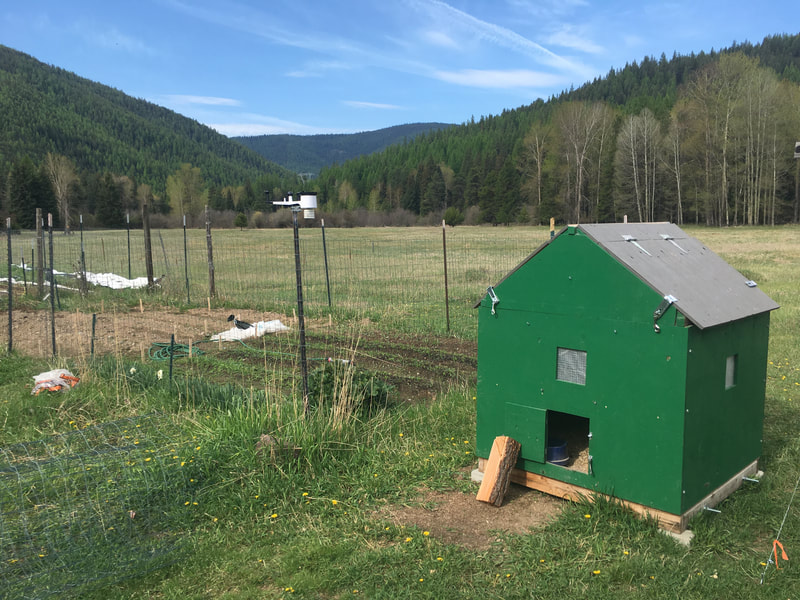
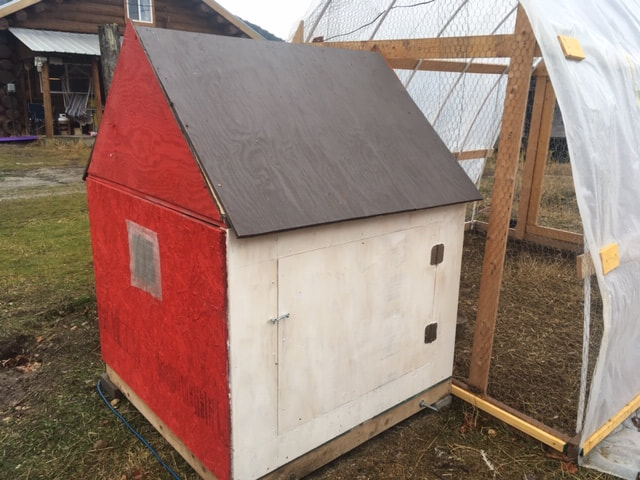
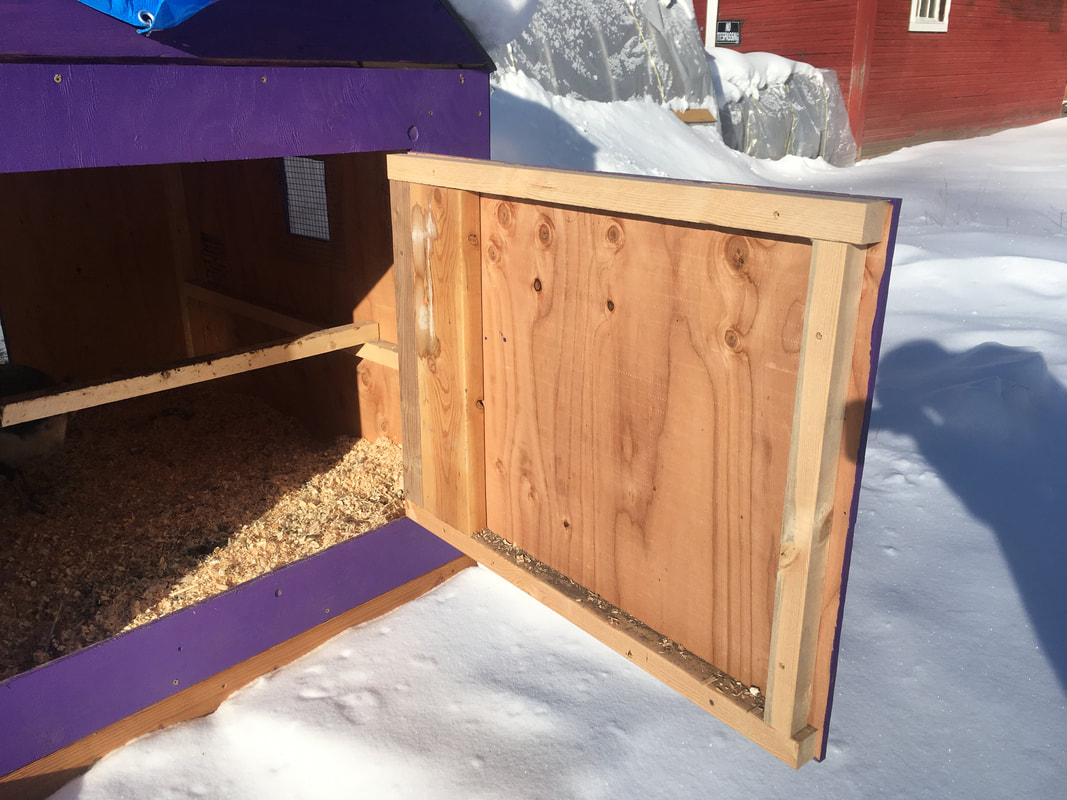
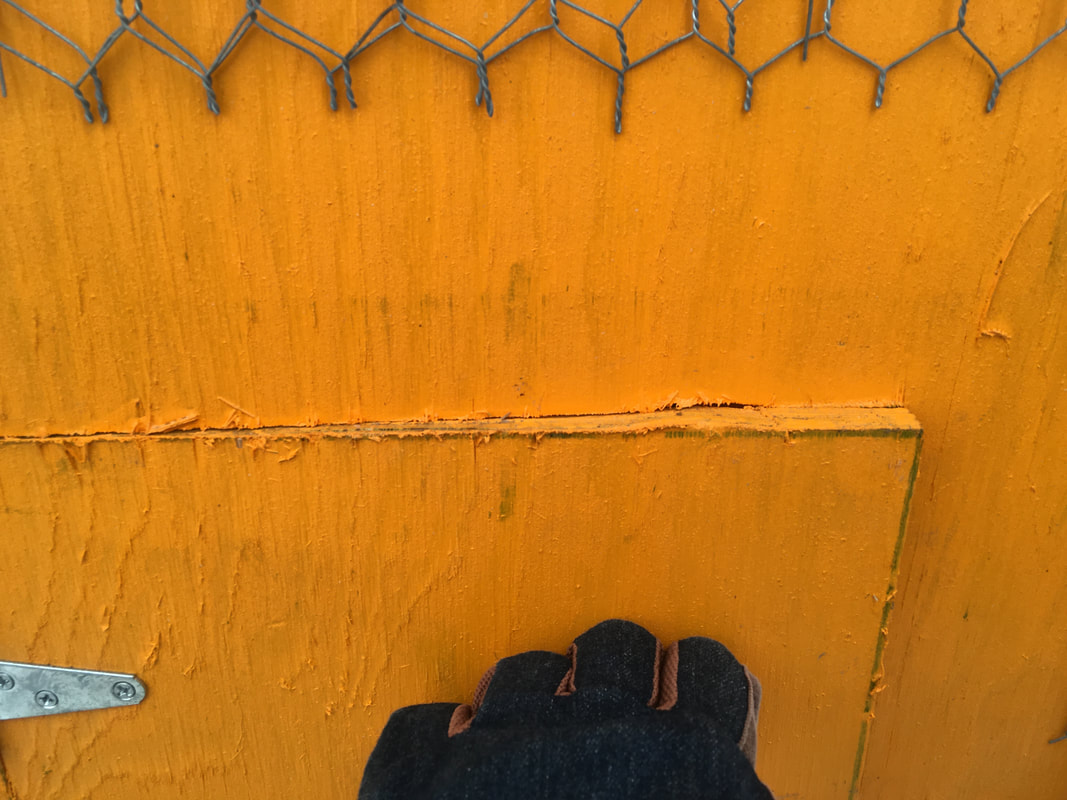
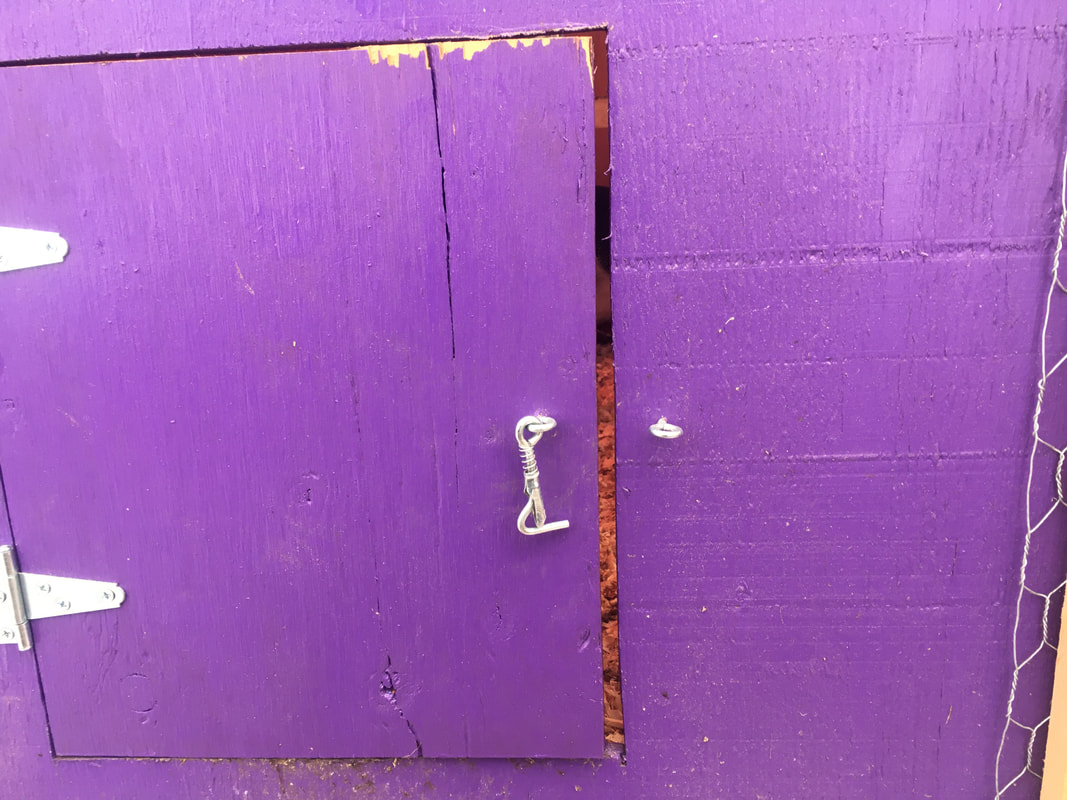
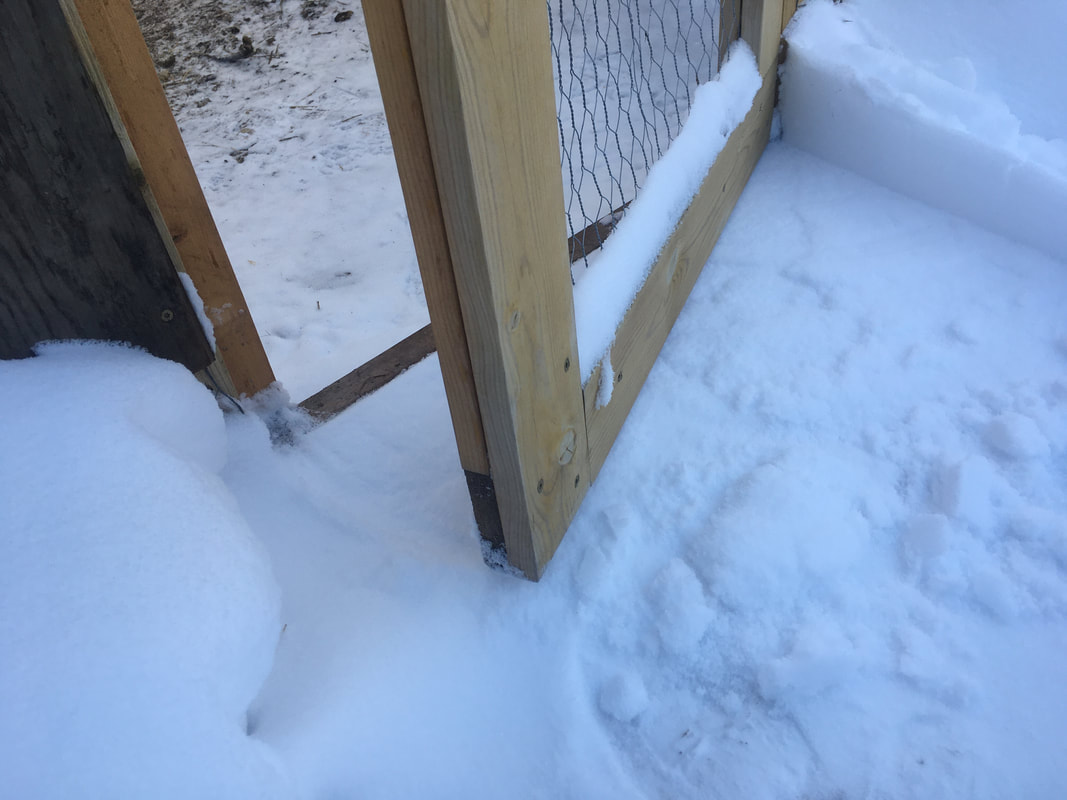
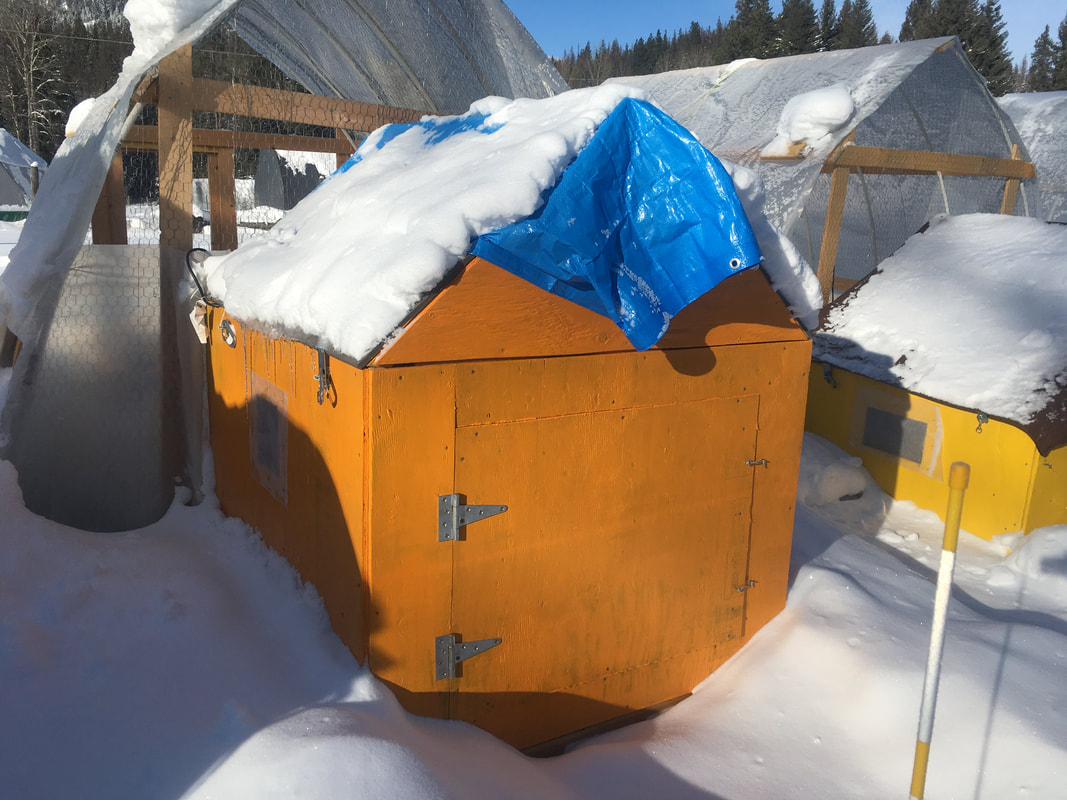

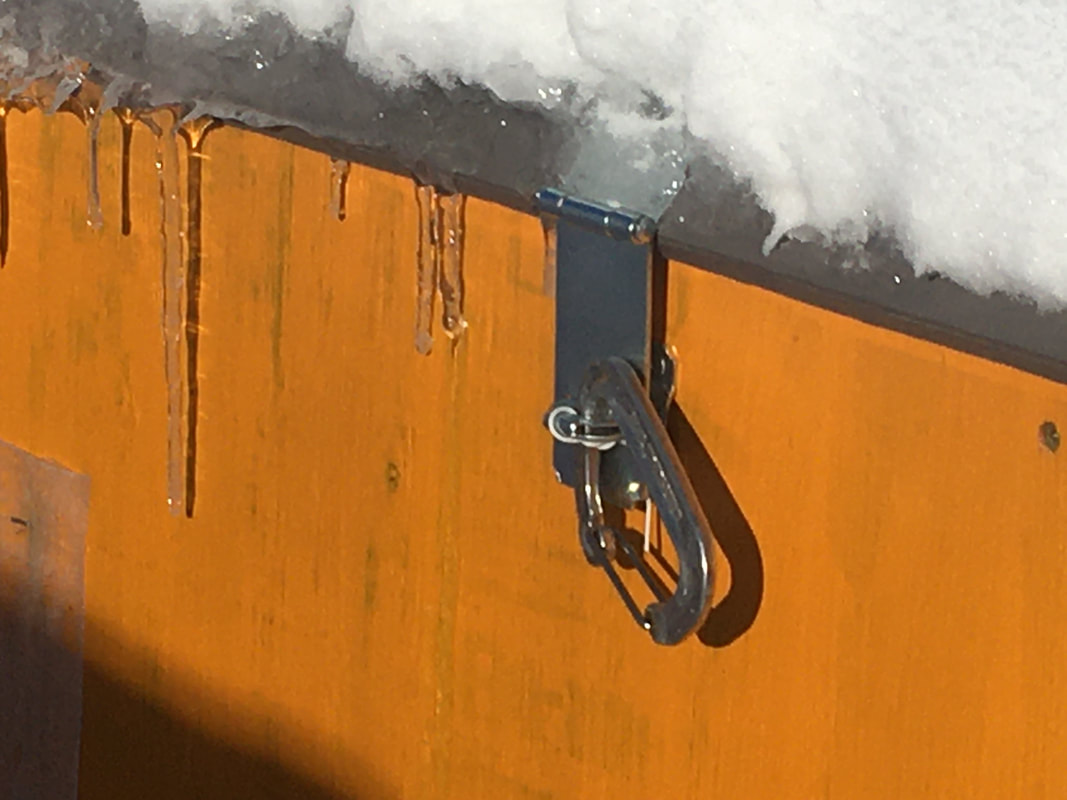
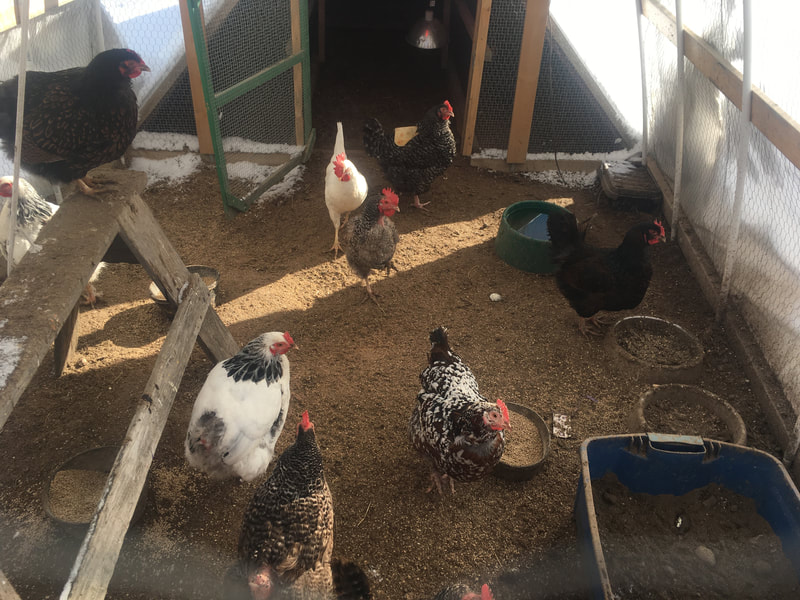
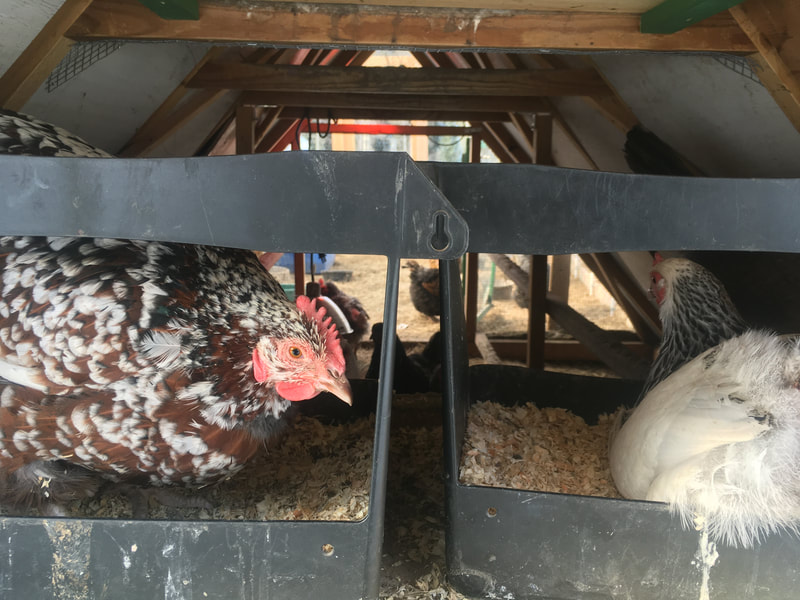
 RSS Feed
RSS Feed